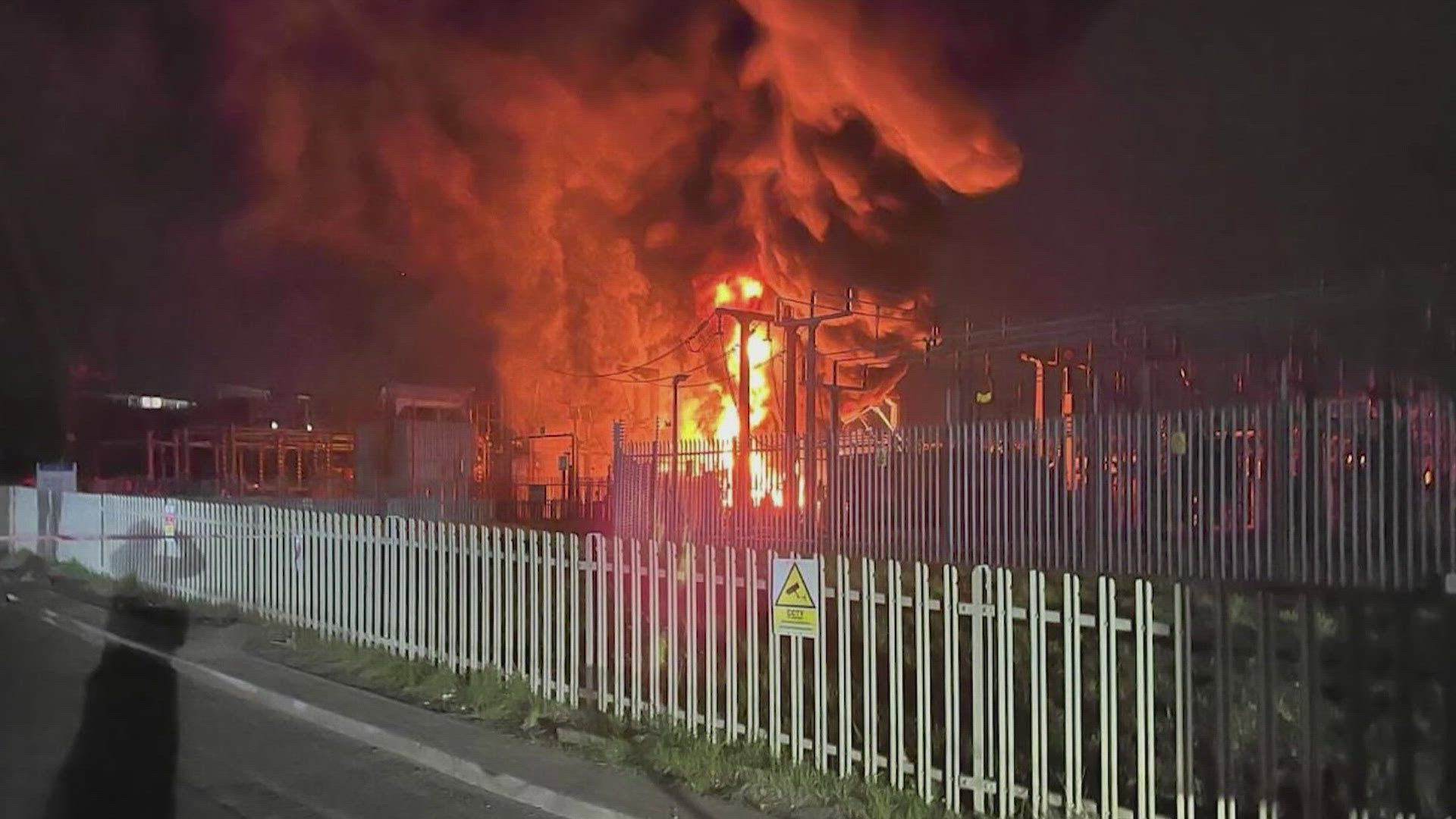In a dramatic turn of events, London's Heathrow Airport, one of the busiest airports in the world, was brought to a standstill after a massive fire engulfed a nearby electrical substation. The late Thursday night fire resulted in a blackout that impacted services for almost 18 hours, stranding thousands and grounding planes. By Friday evening, however, all was back to normal at the airport, with a relief sigh for airlines and air passengers.
The Incident: A Fire That Closed Europe's Busiest Airport
The fire began at an electrical substation roughly 3.2 kilometers from Heathrow Airport. The fire, which was located in a transformer with 25,000 liters of cooling oil, was very dangerous. Firefighters fought the situation for close to seven hours to contain it. The fire not only influenced the airport but also disrupted the power supply to 67,000 homes, causing them to lose electricity.
The authorities have established that the fire was not suspicious and are still trying to identify the cause. The magnitude of the incident overwhelmed the airport's contingency plan despite having a backup power system, causing a total shutdown.
The Impact: Chaos and Confusion
The shutdown also had a spillover effect on international travel. Around 1,350 flights were canceled or diverted, inconveniencing around 200,000 passengers. Passengers experienced extensive delays, with some flights diverted to other airports like Gatwick, Charles de Gaulle in Paris, and Shannon in Ireland. The shutdown also caused logistical challenges for airlines, which had to reposition the aircraft and crew.
Passengers reported tales of misinformation and displacement. One New York to London flight was re-routed to Glasgow, where passengers had to recreate their trip. Others heard a bang and observed a fireball before the blackout, contributing to fear.
The Recovery: A Gradual Return to Normalcy
Workers in Heathrow Airport worked around the clock to streamline operations. It was normal hours for take-off and arrival starting Friday night. A British Airlines flight to Riyadh was the first to depart and the airport also aims at filling a complete timetable by Saturday.
The airport's CEO Thomas Woldbye released an apology to the stranded passengers and promised them that the employees do their best to avoid such accidents in the future. "We are exceedingly sorry for the disruption and are putting in day and night efforts to ensure quick recovery," he said.
Lessons Learned: The Need for Resilience
This event has initiated a general debate regarding critical infrastructure resilience. It has been argued by experts that the infrastructure of the UK is not robust enough to withstand such crises. The fire brought into focus how essential it is to have firm contingency planning as well as expenditure on infrastructure for avoiding such halts in the future.
A Cautionary Tale: Next Steps
Although Heathrow Airport has been in operation again, the accident serves as a warning to airports and infrastructure managers across the globe. It emphasizes the need for preparation and that there must be ongoing improvements in emergency response techniques.
As planes take to the skies once more and passengers continue their journeys, now focus shifts to ensuring that such an event never happens again. For the tens of thousands involved, the last few hours have been a salutary reminder of the complexities of air travel and vulnerability to danger.
Overall, the return to flight at Heathrow Airport is a testament to the hard work and resilience of its staffs. It also serves as a wake-up call to the air transport industry to take seriously resilience in infrastructure and emergency preparedness. While the world looks on as Heathrow returns to operations, the implications of this event will definitely chart the course for the future of aviation.


Comments
Post a Comment